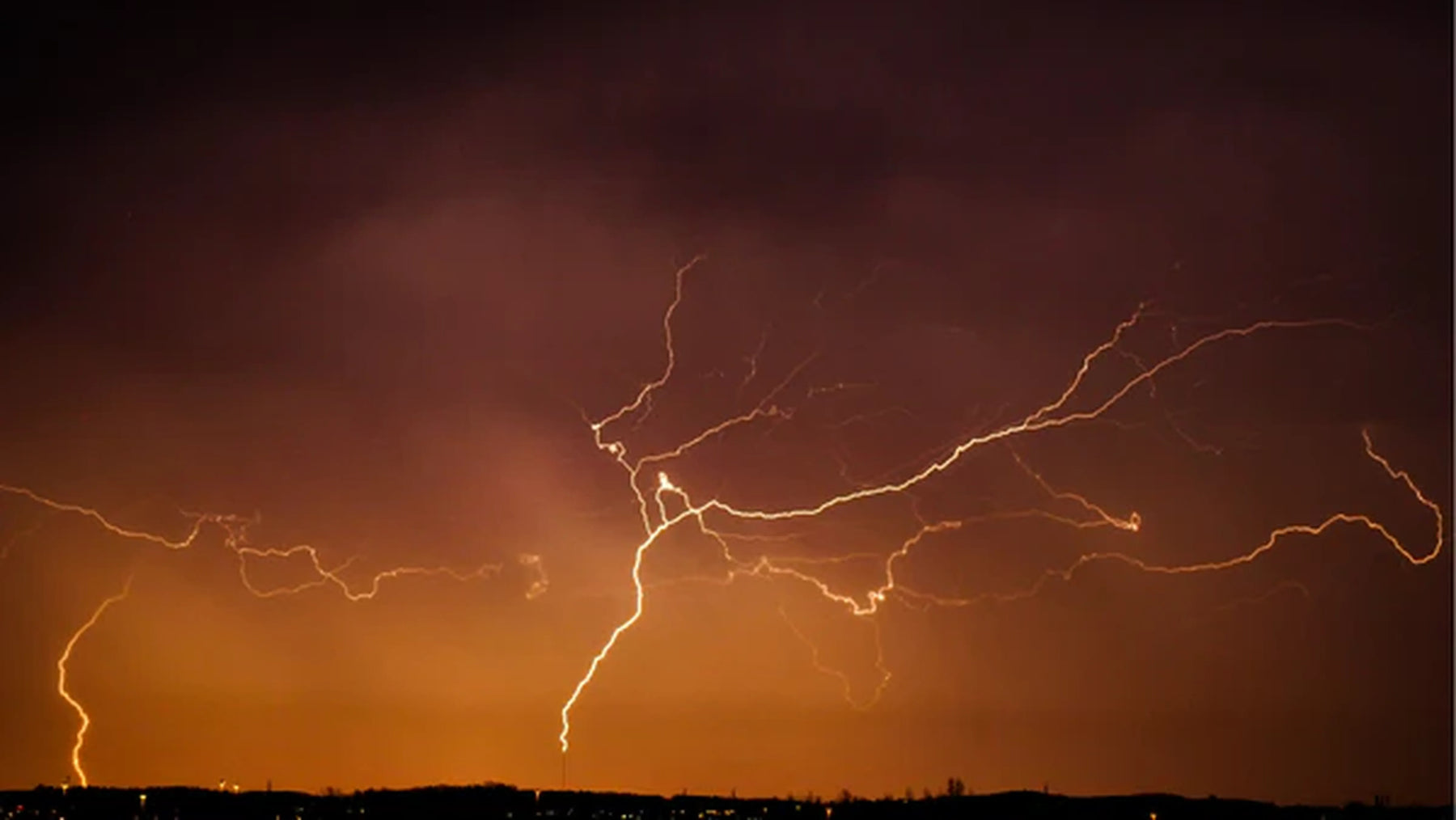
How Electric Generators Work: Unlocking the Power of Generators
The Magic of Electromagnetic Induction
At the heart of every electric generator is a principle called electromagnetic induction. This concept was discovered by the brilliant scientist Michael Faraday back in 1831. Basically, it’s all about creating an electric current by moving a wire near a magnet. Faraday's simple yet revolutionary experiment, where he moved a magnet through a loop of wire, showed that motion could produce electricity.
The Need for Mechanical Energy
While the idea of electromagnetic induction is pretty cool on its own, generating a useful amount of electricity requires a steady and powerful force to move that wire quickly. That's where mechanical energy steps in.
How Gas-Powered Generators Work
In gas-powered generators, an internal combustion engine provides the mechanical energy needed. Here’s a closer look at how it all works:
-
Combustion Engine: The engine burns fuel like gasoline or diesel to create mechanical energy. This energy then turns a shaft.
-
Rotating the Armature: The rotating shaft spins an electromagnet known as the armature. The armature spins inside a stationary magnetic field, called the stator.
-
Generating Electricity: As the armature spins within the stator's magnetic field, it induces an electrical current in the copper wires. It’s similar to those hand-crank flashlights you might have used, but on a much bigger scale.
So, the engine’s job is to turn the shaft, which then makes the armature spin and generate electricity through the interaction of moving parts and magnetic fields.
Why It Matters
Understanding how generators work can really give you a deeper appreciation for the technology that powers your home during an outage. Knowing the relationship between mechanical energy and electromagnetic induction helps you see the magic behind the scenes.
Here at SmartYardTech, we're all about making sure you have the knowledge you need to get the most out of your power equipment. Stay tuned for more insights and tips on how to keep your generator running smoothly. When it comes to navigating the world of power, SmartYardTech is your go-to guide, helping you every step of the way.
